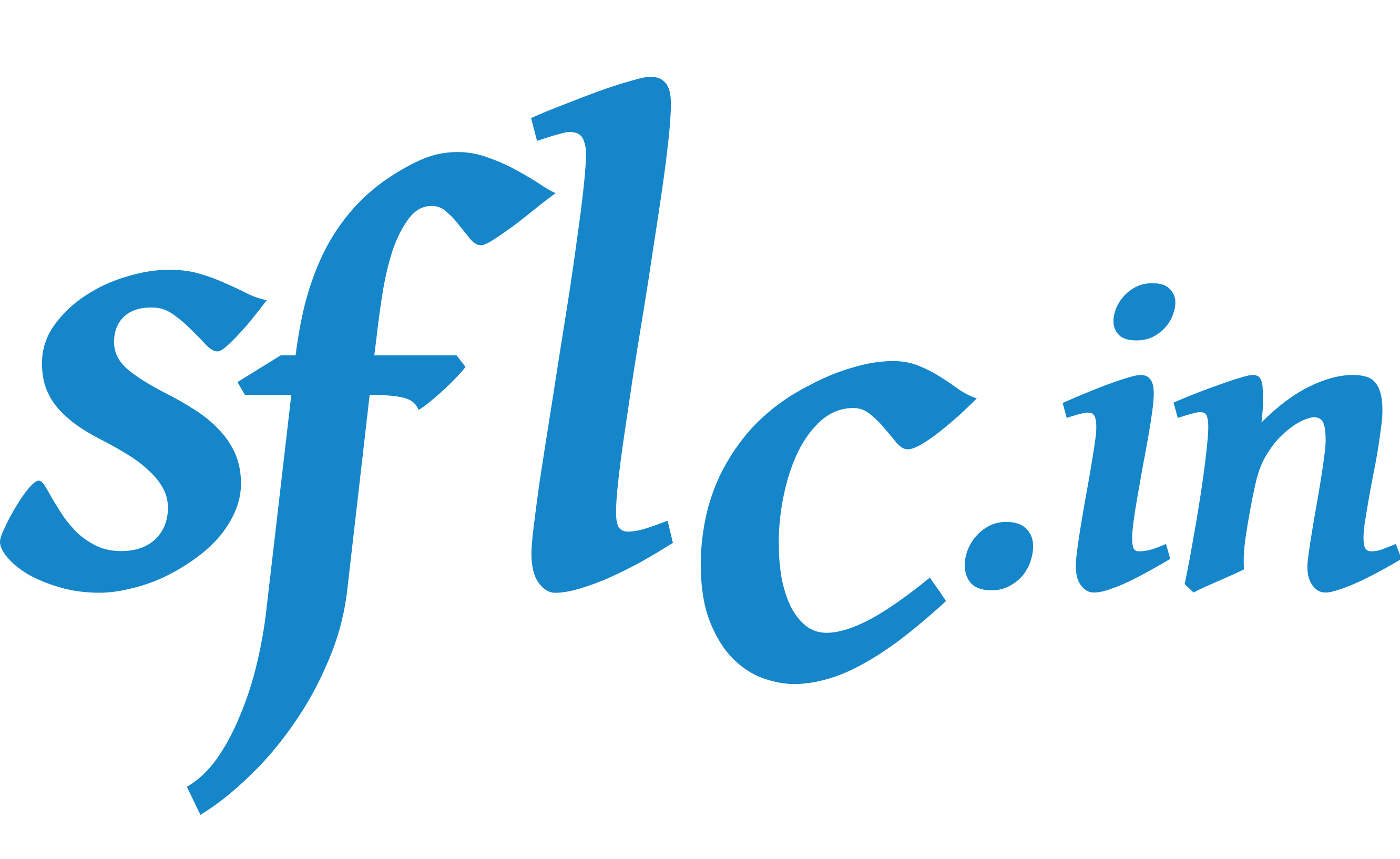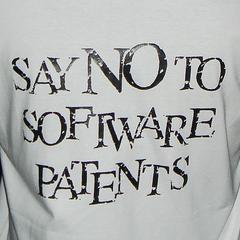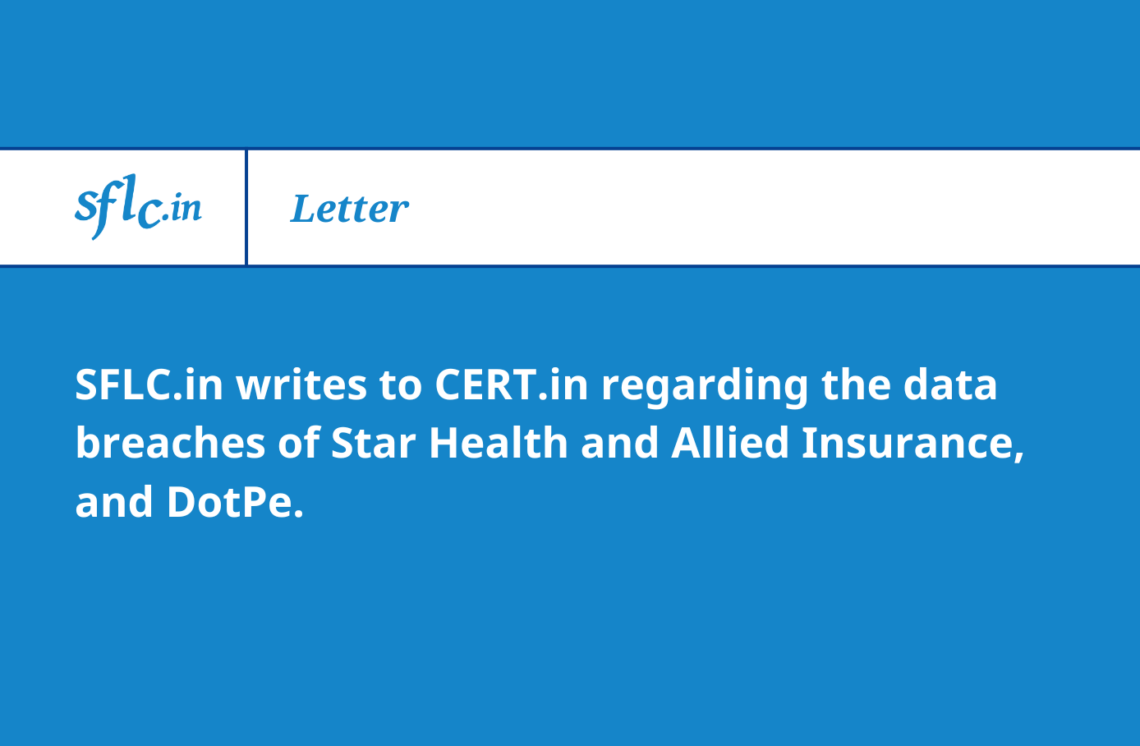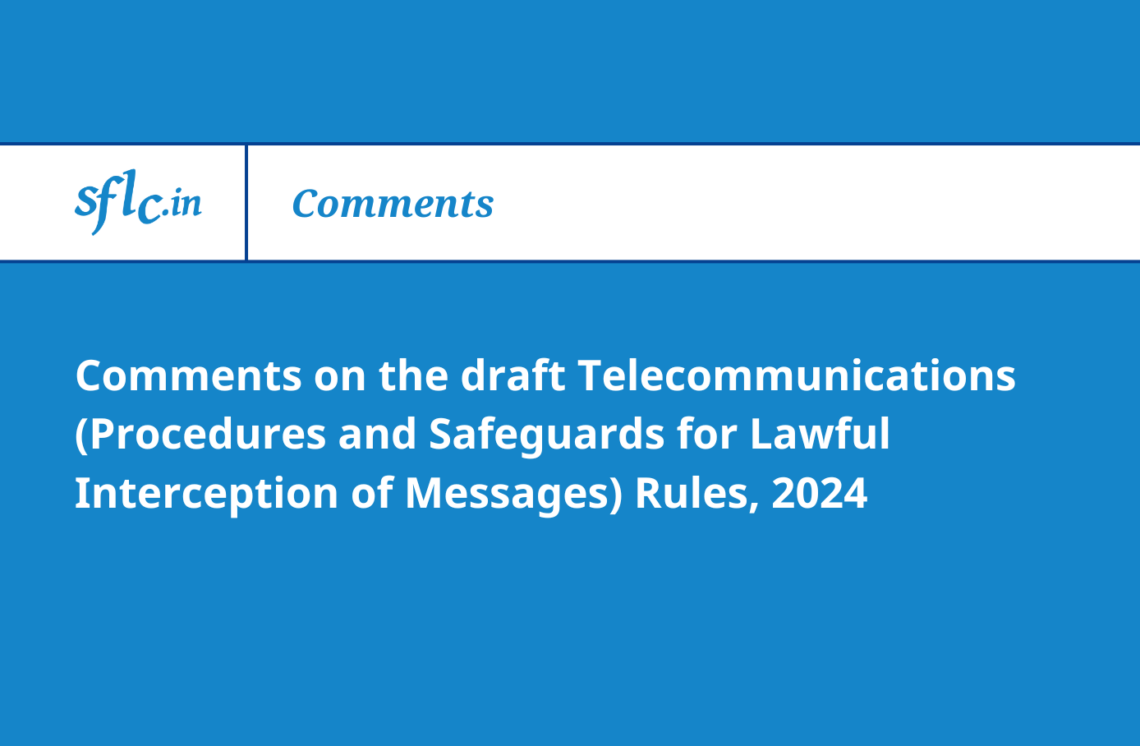The Controller General of Patents, Designs and Trademarks has published the modified Guidelines for Examination of Computer Related Inventions (CRIs) by office order dated 30-6-2017. The revised Guidelines have done away with the three-stage test to determine patentability of CRIs. This section was intended to provide the examiners a clear method to examine patent applications. The Guidelines have also removed a set of fifteen illustrative examples of non-patentable claims – a move that could lead to more ambiguity, grant of irregular patents and ensuing litigations. There aren’t many other substantive changes, save for the section on mathematical methods, where language has been added to dilute the Patent Act’s blanket exclusion of mathematical methods from patentable subject matter.
The new Guidelines seem to be a compromise intended to please the interests of patent lawyers and firms that thrive on uncertainty. However, it is heartening nonetheless to note that the patent office has withstood the onslaught of these vested interests and has refrained from making major changes in the guidelines that would have resulted in opening the floodgates for irregular software patents.
The table below summarises the notable changes in the Guidelines.
| 2017 Revised Guidelines | 2016 Guidelines |
| 4.3. Industrial Applicability
In patent law, industrial applicability or industrial application is a patentability requirement according to which a patent can only be granted for an invention which is capable of industrial application, i.e. for an invention which can be made or used in some kind of industry.It has been defined in section 2(1)(ac) of Indian Patents Act, 1970 as follows: “capable of industrial application”, in relation to an invention, means that the invention is capable of being made or used in an industry; The requirement of workability and usefulness are both connected to the requirement of industrial applicability. If an invention is not workable, it means that it is also not industrially applicable. The patent specification must disclose a practical application and industrial use for the claimed invention wherein a concrete benefit must be derivable directly from the description coupled with common general knowledge. Mere speculative use or vague and speculative indication of possible objective will not suffice. |
4.3. Industrial Applicability
In patent law, industrial applicability or industrial application is a patentability requirement according to which a patent can only be granted for an invention which is capable of industrial application, i.e. for an invention which can be made or used in some kind of industry.It has been defined in section 2(1)(ac) of Indian Patents Act, 1970 as follows: “capable of industrial application”, in relation to an invention, means that the invention is capable of being made or used in an industry; Industry herein is to be understood broadly having any useful and practical activity while excluding intellectual or aesthetic activity. Claims relating to “Method of playing games” and “computer programming languages” are not considered to be industrially applicable. A method for effecting introductions with a view to making friends is not industrially applicable even though it could be carried out by a commercial enterprise. The requirement of workability and usefulness are both connected to the requirement of industrial applicability. If an invention is not workable, it means that it is also not industrially applicable. The patent specification must disclose a practical application and industrial use for the claimed invention wherein a concrete benefit must be derivable directly from the description coupled with common general knowledge. Mere speculative use or vague and speculative indication of possible objective will not suffice. The determination of industrial applicability in case of CRIs is very crucial since applications relating to CRIs may contain only abstract theories, lacking in industrial application.
[Highlighted portions have been removed from the Revised Guidelines.] |
| 4.4. Sufficiency of Disclosure:
4.4.1. Fully and particularly (What):
|
4.4. Sufficiency of Disclosure:
4.4.1. Fully and particularly (What):
[Highlighted portions have been removed from the Revised Guidelines.] |
|
4.4.4. Form and substance: The sub-section 3(k) excludes a mathematical or business method or a computer programme per se or algorithms from patentability. While the judgment of mathematical methods or business methods is comparatively easier, it is the computer programme per se or algorithms related inventions that require careful consideration of the examiner. Computer programmes are often claimed in the form of method claims or system claims with some ‘means’ indicating the functions of flow charts or process steps. The algorithm related claims are even wider than the computer programmes claimed by themselves as a single algorithm can be implemented through different programmes in different computer languages. If, in substance, claims in any form such as method/process, apparatus/system/device, computer program product/ computer readable medium belong to the said excluded categories, they would not be patentable. Even when the issue is related to hardware/software relation, the expression of the functionality as a ‘method’ is to be judged on its substance. It is well-established that, in patentability cases, the focus should be on the underlying substance of the invention, not the particular form in which it is claimed. The Patents Act clearly excludes computer programmes per se and the exclusion should not be allowed to be avoided merely by camouflaging the substance of the claim by its wording. |
4.4.4. Form and substance:
The sub-section 3(k) excludes a mathematical or business method or a computer programme per se or algorithms from patentability. While the judgment of mathematical methods or business methods is comparatively easier, it is the computer programme per se or algorithms related inventions that require careful consideration of the examiner. Computer programmes are often claimed in the form of algorithms asmethod claims or system claims with some ‘means’ indicating the functions of flow charts or process steps. The algorithm related claims are even wider than the computer programmes claimed by themselves as a single algorithm can be implemented through different programmes in different computer languages. If, in substance, claims in any form such as method/process, apparatus/system/device, computer program product/ computer readable medium belong to the said excluded categories, they would not be patentable. Even when the issue is related to hardware/software relation, (e.g., when the claims recite ‘processor is programmed to… or ‘apparatus comprising a processor and configured / programmed to…..) the expression of the functionality as a ‘method’, is judged on its substance. It is well- established that, in patentability cases, the focus should be on the underlying substance of the invention, not the particular form in which it is claimed. The Patents Act clearly excludes computer programmes per se and the exclusion should not be allowed to be avoided merely by camouflaging the substance of the claim by wording (e.g. different sub-routines are performed in different physical locations such as processors will not suffice).
[Highlighted portions have been removed from the Revised Guidelines.] |
| 4.5. Determination of excluded subject matter relating to CRIs:
4.5.1. Claims directed as “Mathematical Method”: Mathematical methods are a particular example of the principle that purely abstract or intellectual methods are not patentable. Mathematical methods like method of calculation, formulation of equations, finding square roots, cube roots and all other similar acts of mental skill are therefore, not patentable. Similarly mere manipulations of abstract idea or solving purely mathematical problem/equations without specifying a practical application also attract the exclusion under this category. However, mere presence of a mathematical formula in a claim, to clearly specify the scope of protection being sought in an invention, may not necessarily render it to be a “mathematical method” claim. Also, such exclusions may not apply to inventions that include mathematical formulae and resulting in systems for encoding, reducing noise in communications/electrical/electronic systems or encrypting/ decrypting electronic communications.
[Highlighted portions have been inserted into the Revised Guidelines. The added examples could cause patent applications on mathematical methods to be allowed if the applications describe a practical application. This is against the statutory provision that provides a complete exclusion in the case of mathematical methods.] |
4.5. Determination of excluded subject matter relating to CRIs:
4.5.1. Claims directed as “Mathematical Method”: Mathematical methods are a particular example of the principle that purely abstract or intellectual methods are not patentable. Mathematical methods like method of calculation, formulation of equations, finding square roots, cube roots and all other similar methods are therefore not patentable. However, mere presence of a mathematical formula in a claim, to clearly specify the scope of protection being sought in an invention, may not necessarily render it to be a “mathematical method” claim. Some examples which will attract exclusion:
[Highlighted portions have been removed from the Revised Guidelines.] |
| 5. Replacement of Provisions of Manual
Chapter 08.03.05.10 of the Manual, containing provisions pertaining to section 3(k) of the Patents Act, 1970 shall stand deleted with coming into force of these Guidelines for examination of CRIs.
[The three-stage test for determining patent eligibility has been removed from the Revised Guidelines, and replaced with the above statement deleting Chapter 08.03.05.10 of the Manual of Patent Office Practice and Procedure.] |
5. Tests/Indicators to determine Patentability of CRIs:
Examiners may rely on the following three stage test in examining CRI applications:
|
| 6. Applicability of Guidelines
These Guidelines shall be applicable with immediate effect. [Examples of claims that are not patentable, which would have been helpful for the examiners as well as the applicants, have been removed from the Revised Guidelines, and replaced with the above statement on immediate applicability of the Revised Guidelines.] |
6. Illustrative examples of Claims which are not patentable
**This section contained 15 illustrative examples of claims which are not patentable** |
Our previous blog-posts on the CRI Guidelines are available at these links:
- A quick history of CRI Guidelines in India
- New patent guidelines may spell trouble for Indian software developers
- Joint letter to the PMO expressing concerns over the “Guidelines for Examination of Computer Related Inventions”
- CRI Guidelines kept in abeyance – #NoSoftwarePatents
- Press Release: Indian Patent Office Says No to Software Patents




